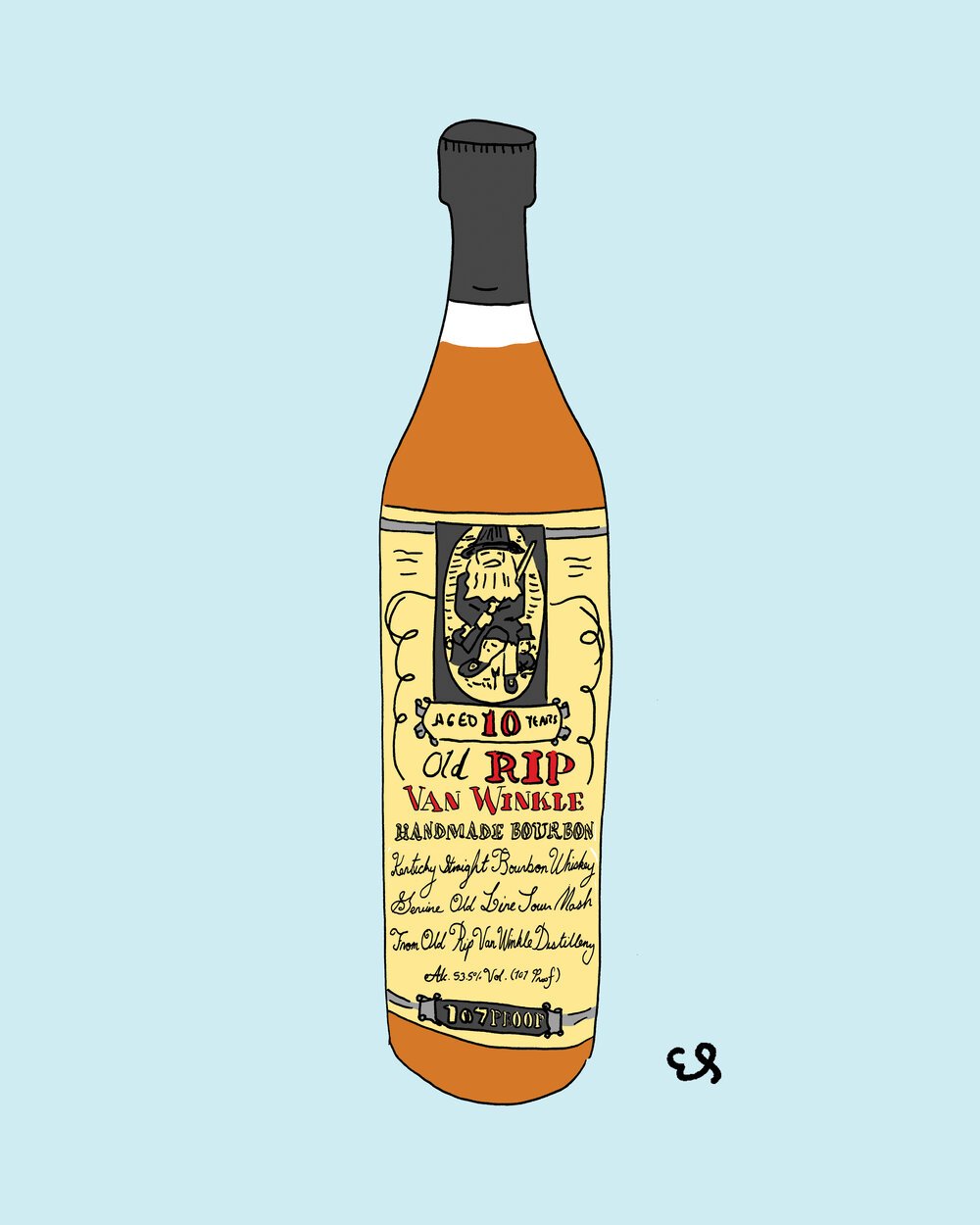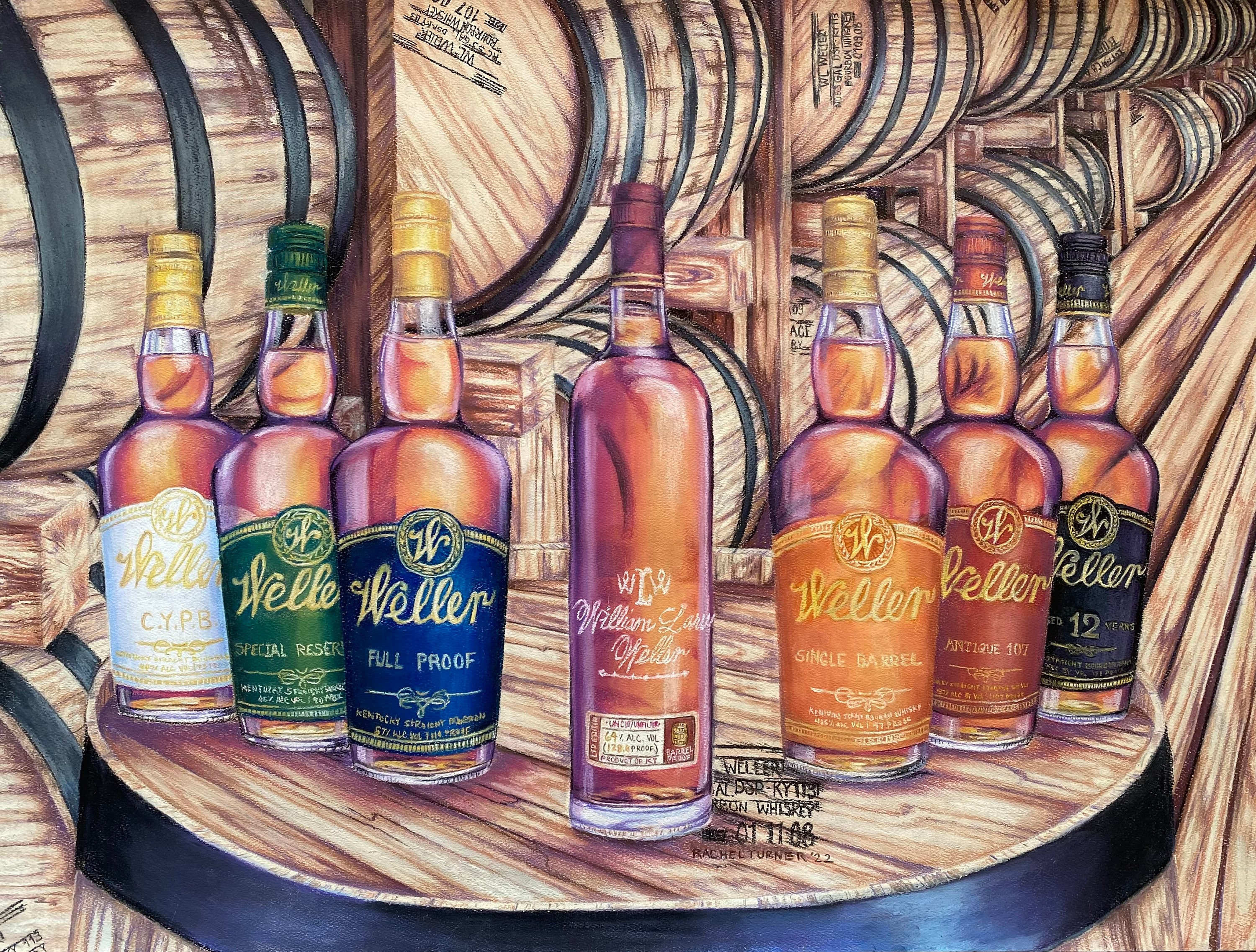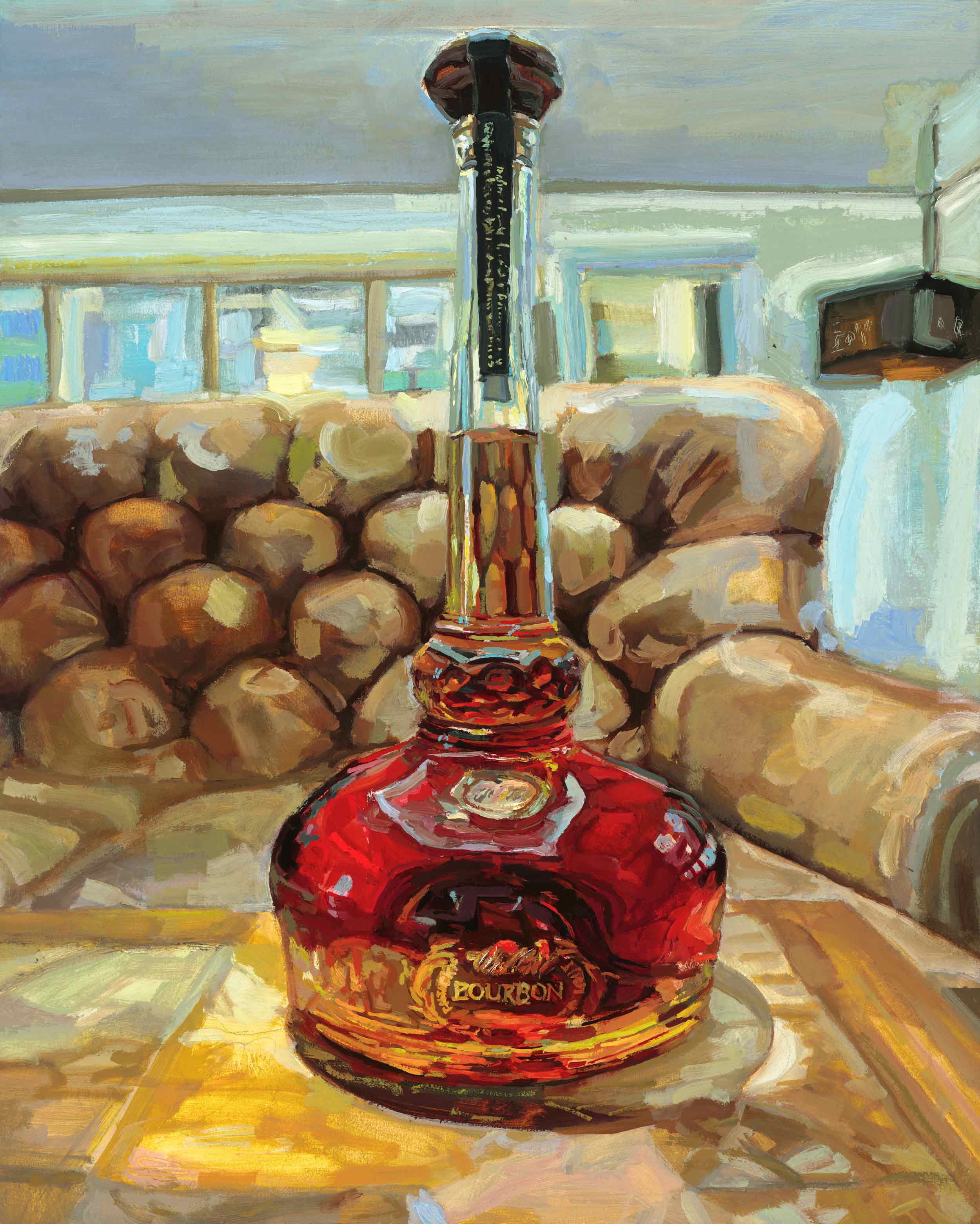The Significance of Whiskey Art in Celebrating Heritage and Craftsmanship in the Beverage Sector
The intricate connection between whiskey art and the celebration of heritage and workmanship within the drink industry can not be overstated. Through attentively designed tags and containers, whiskey brands envelop their historical origins and the artisanal abilities that define their production methods. This artistic dimension not only improves market charm however also functions as a conduit for cultural storytelling, cultivating a deeper link in between the craft and the customer. As we check out the different facets of this topic, intriguing inquiries regarding the influence of modern fads on conventional practices develop, triggering further examination.
The Historical Origins of Whiskey
At the heart of whiskey's attraction lies an abundant tapestry of historic roots that trace back to ancient civilizations. The origins of scotch can be connected to the distillation techniques of the Sumerians and Babylonians around 2000 BCE, where early forms of fermented grain beverages started to arise. It was in the Middle Ages that the art of purification developed significantly, particularly in Ireland and Scotland, leading to the development of whiskey as we understand it today.
The term "whiskey" itself originates from the Gaelic word "uisce beatha," implying "water of life." This expression underscores the cultural relevance of bourbon in Celtic societies, where it was frequently connected with rituals, events, and communal bonding. By the 15th century, purification became an identified craft within monastic communities, leading the way for the establishment of lawful distilleries.
As profession routes increased, bourbon's popularity grew, transcending regional borders and capturing the passion of aficionados worldwide. Whiskey Art. This historical journey mirrors not just the workmanship behind scotch production however also its important function in social and cultural contexts, noting it as a considerable drink throughout background
Artistic Expression in Branding
Bourbon branding stands as an engaging intersection of virtuosity and commerce, where aesthetic identity plays a critical function fit customer perception. The looks of whiskey tags, packaging, and marketing products reflect not only the brand name's story however additionally its core worths and heritage. Via imaginative expression, distilleries share a story that resonates with consumers, stimulating feelings and sparking links.
The use of color, typography, and imagery in branding offers to differentiate products in a saturated market. Traditional concepts might stimulate a sense of credibility and workmanship, while contemporary styles can indicate innovation and forward-thinking. This strategic artistic instructions boosts brand name recognition and loyalty, enabling consumers to create a personal connection with the bourbon they pick.
Furthermore, creative expression in branding usually works as a celebration of local heritage. Distilleries often include neighborhood signs or historical referrals into their layouts, producing a sense of area that welcomes consumers to partake in a broader social experience. Eventually, the creativity behind whiskey branding not just enhances aesthetic allure yet also improves the overall story of the brand name, fostering a much deeper admiration for the workmanship and heritage embedded in each container.
Craftsmanship in Container Style
The virtuosity apparent in bourbon branding expands beyond visual identification to include the workmanship included in container design. Each bottle acts as a vessel not just for the spirit within, however additionally for the story it informs concerning its quality, beginning, and tradition. The layout process requires careful interest to information, as components such as closure, shape, and material add considerably to the total assumption of the bourbon.
Workmanship in bottle design entails picking high-quality glass that can boost the bourbon's color and quality, while also providing a tactile experience for the consumer. The shape of the container need to be both useful and visually enticing, frequently reflecting the heritage of the brand name. Many distilleries choose special forms or embossed logo designs that stimulate a feeling of credibility and background.
In addition, the tag design and typography play an essential duty in communicating the brand name's story. Whiskey Art. A well-crafted container not only captivates the consumer's eye however also strengthens the brand name's dedication to quality and practice. This way, the craftsmanship of bottle design becomes a crucial aspect of the scotch experience, merging creativity with an extensive regard for heritage
Social Value of Whiskey Art
Commemorating custom and craftsmanship, the cultural relevance of scotch art goes beyond mere aesthetics, linking with the historical and social stories of the regions where it originates. Each bottle functions as a canvas, showing the unique tales, folklore, and customs that have formed regional whiskey-making techniques. The complex layouts usually mirror the heritage of the distillers, incorporating signs and themes that resonate with the society and worths of their communities.

In enhancement, bourbon art plays an important role in public events and celebrations, working as a tangible web link between individuals and their shared experiences. By valuing the creativity in scotch packaging, customers cultivate a deeper understanding and respect for the craft, ultimately enriching their pleasure of the beverage itself.
Modern Trends in Whiskey Presentation
Over the last few years, the discussion of bourbon has actually evolved to reflect modern tastes and fads while still recognizing typical workmanship - Realism Art. Distilleries are significantly concentrating on visual elements that boost the overall drinking experience, connecting the void in between heritage and modernity
Cutting-edge bottle styles have emerged, typically incorporating lasting materials and imaginative labels that inform compelling tales. Numerous brands now team up with local musicians, infusing their products with one-of-a-kind visual expressions that resonate with customers. Furthermore, limited-edition releases are usually packaged in collectible containers, including worth and appeal for lovers.

Final Thought
In final thought, bourbon art offers as a crucial conduit for sharing the heritage and workmanship inherent in the drink market. With intricate branding, innovative container styles, and culturally considerable imaginative components, bourbon brand names properly honor their practices and connect with customers.


Craftsmanship in bottle design entails selecting top notch glass that can improve the scotch's color and clearness, while additionally offering a tactile experience for the customer. In this way, the workmanship of container style becomes an essential aspect of the scotch experience, combining virtuosity with a profound regard for heritage.
In final thought, whiskey art offers as a vital conduit for revealing the heritage and workmanship fundamental in the beverage market.
 Anna Chlumsky Then & Now!
Anna Chlumsky Then & Now! Ariana Richards Then & Now!
Ariana Richards Then & Now! Patrick Renna Then & Now!
Patrick Renna Then & Now! Barry Watson Then & Now!
Barry Watson Then & Now! Bernadette Peters Then & Now!
Bernadette Peters Then & Now!